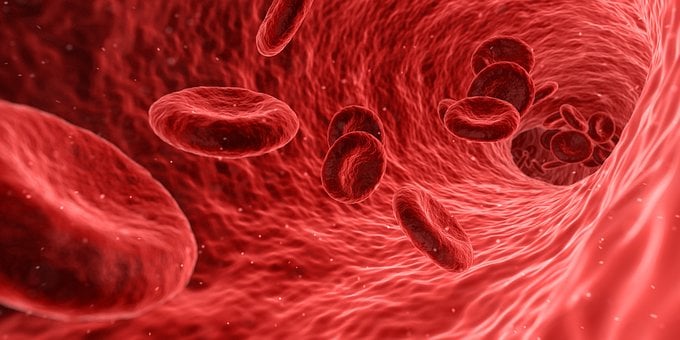Health Risks and High Temps
Staying safe during the rising temperatures of summer.
I think it is safe to say Summer is here in full effect, pool parties, cookouts, and hikes are just a few outdoor activities we all look forward to. With all the fun it is easy to forget the health risks associated with higher temperatures such as fainting, dehydration, and heat stroke. Some signs to look out for when playing or exercising outdoors include:
- Muscle Cramps
- Nausea
- Feeling Lightheaded
- Confusion
- Headaches
- Weakness
- and Clouded or Loss of Vision
Planning ahead is your best defense against these heat induced health risks. Check the forecast and try to avoid activities in the middle of the day when the sun is hottest namely between 10 AM- 3 PM. If you are outside wear loose fitting, light colored clothing, and maybe invest in a good large brimmed hat to shade your face and shoulders. Drink plenty of water and possibly sports drinks to replace salts and electrolytes your body loses in sweat before during and after outdoor activities. If you are new to exercise, take it slow so your body can adjust to the extreme temperatures, and again consider exercising either really early in the day or later in the evening. Also think about taking advantage of an air-conditioned facility if the forecast is especially grim, walk the treadmill at an indoor gym or even take a lap around a local mall. Most importantly listen to your body, look for the warning signs, take a break and sit in the shade, one workout isn't worth risking your health for.














/arc-anglerfish-tgam-prod-tgam.s3.amazonaws.com/public/UZ26JPKIHVFEZHYP7QWKWTIDVA)